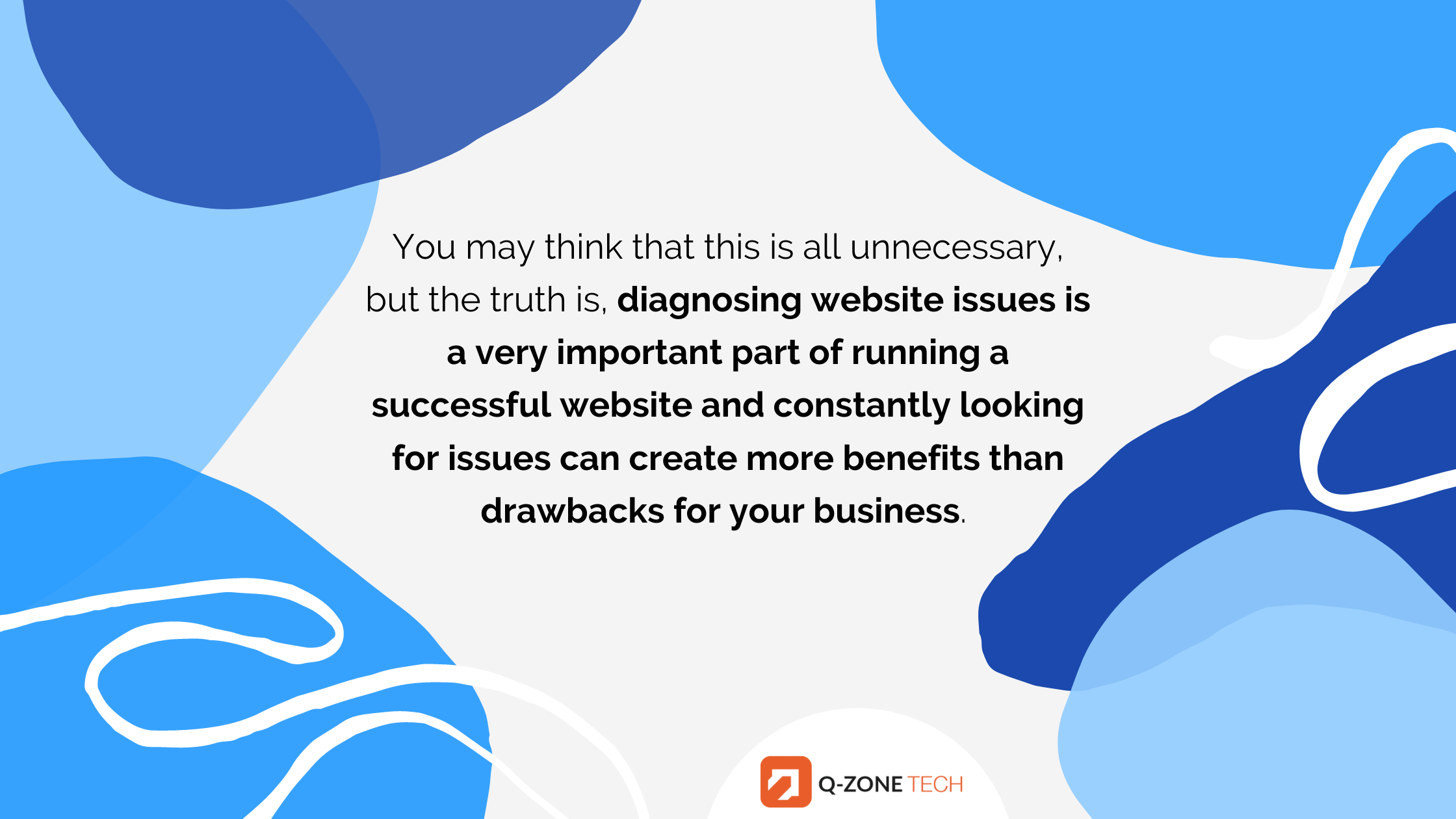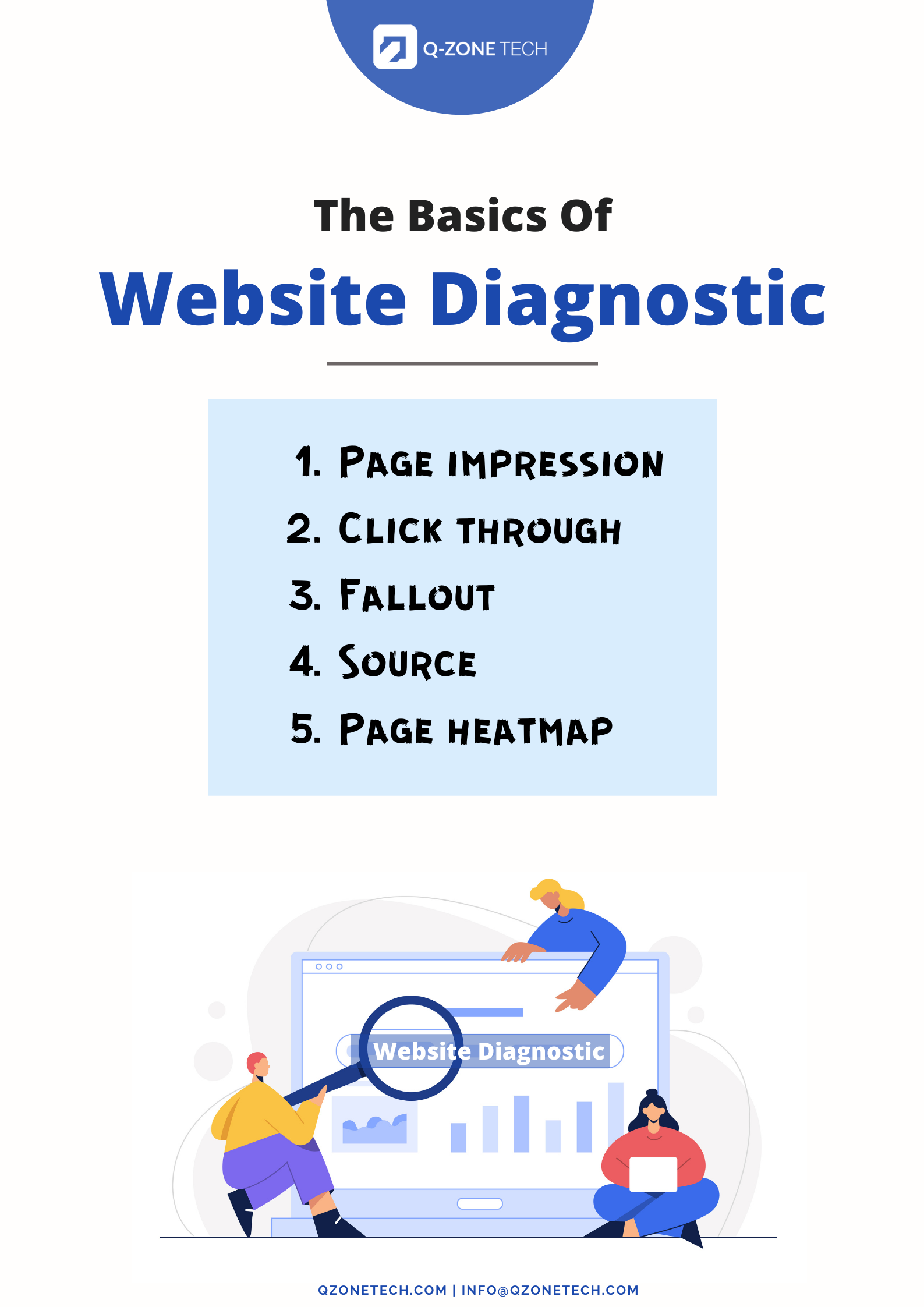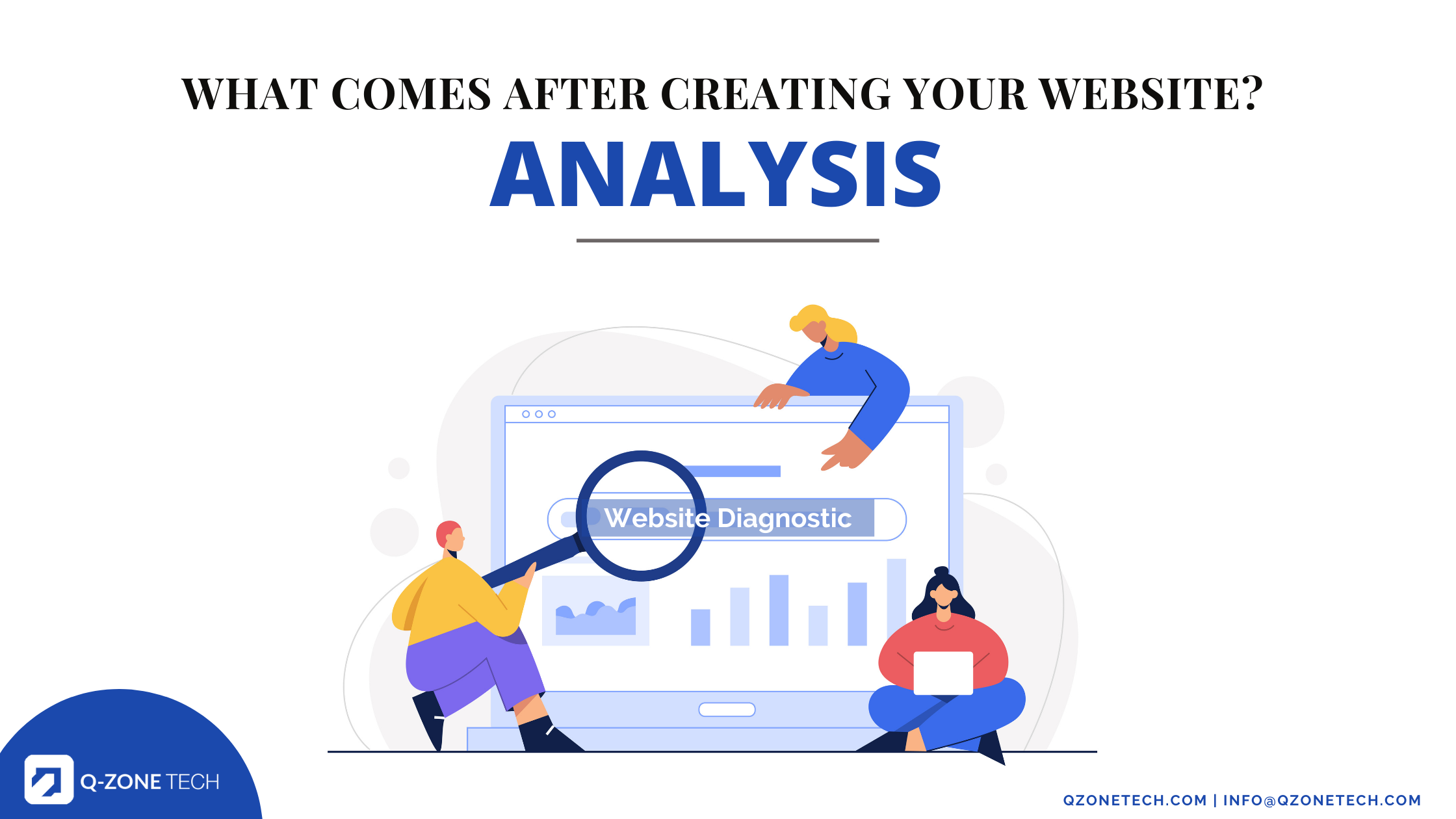Once you’ve developed the ideal website for your business (Unsure how to? Head over to our Facebook page and subscribe to us to get your free “Essence Of A Website” eBook!), the next step would then be maintaining it, fixing it or upgrading it. It is important to note that your website creation journey does not end when your website has been completed, rather, that is only the beginning.
Why? As websites are an integral part of everyday, routine lives for millions of individuals all over the world, new web pages are added daily and new topics are covered frequently so as to ensure website visitor traffic. Because of this popularity and level of access, you have to ensure that your website is always at the top in terms of interface quality and user experience. This is so that you and your business will stand out from the very huge pool of crowd that you’re in.
If you’ve read my “Essence Of A Website” article or eBook, you probably would have seen me repeating that previous line tens of thousands of times. In this article, I would be focusing on the analysis portion that is essential for a good website. Should any of the features that hold your website together fail or were unable to bring about your expected outcome, it can be extremely costly if you don’t do something about it.
That is why it becomes crucial to run a website diagnostic test to look for problems regularly as a failed website or internal issues can have rippling and damaging effects for years to come.

Knowing whether your website needs minor upgrades or a total website redesign is not a simple process. You will have to know exactly what you are missing and what area of your business is not doing exceptionally well.
As I’ve mentioned in both eBook and article, this analysis portion is where people usually tend to neglect and overlook. Why? Probably because their website is fulfilling all their key performance indicators. However, that is only as of now and you do not know what the future holds. In a blink of an eye, your website traffic may hit rock bottom (hopefully not). And when that happens, you want to be prepared.
Or, a better alternative would be to prevent it from even happening in the first place. As they say, “Prevention is better than cure.”
So, how do you know if the website for your business needs updating?
In this article, I will share with you the analytical tools you can use to measure your website’s performance that can help you in deciding whether your website needs a full upgrade, some minor tweaks or is fine as it is.

Page Impression
Page impression refers to the number of people who viewed each web page of your website. It is the exact number of times a specific website has been accessed or viewed by a user. A page impression acts as a counter for web pages, informing site owners like you how many times your sites were visited. Page impressions are also referred to as hits.
Hence, it is vital for you to know if your web pages are reaching your target hits. Because if they are not, then that’s when you know you have to make some necessary improvements to that specific web page.
Click Through
Click through is the rate at which visitors click on a specific web page to another. It tells you exactly which web pages are garnering the most attention and which pages are captivating enough for the audience to click to the next page. It is commonly used to measure the success of an online advertising campaign for a particular website as well as the effectiveness of email campaigns.
This way, it will help you adjust and relocate the information (for example, your CTA) you place in each web page to ensure that your website visitors will read the information you specifically want them to know.
This prevents them from missing out what you truly want from them and eventually helps you and your business in achieving your goal of maximising profits and amplifying your reach.
Fallout
Fallout refers to the rate at which website visitors exit your web page. This is somewhat similar to ‘Click Through’ whereas this tells you the opposite in which when your website visitors begin to get bored and leave your website.
With this data, it will be much easier for you to identify the specific web pages that you have to tweak and make necessary changes to prevent future website visitors from leaving that web page again. And similarly, it also allows you to carefully plan where you should place your critical information and CTA’s within your website.
Source
Source tells you where your website viewers and visitors come from. Did they reach your website from your Facebook post? Or, could it be from Linkedin?
So, this particular analytical data of where your website visitors come from will help you in narrowing down your marketing tactics and aid you in which platform to focus on more. Either that, or come up with new creative ways to attract more people by clicking to enter your website on the platform that does not produce much website traffic.
Eventually, this will be beneficial for you and your business in the long run as it gives you the advantage in knowing exactly who your website is attracting. From the platform in which your website source mainly comes from, you can retrieve multiple information including the age, location and gender demographics of your website visitors.
Page Heatmap
Page heatmap is a behaviour analytics tool that helps you understand how visitors interact with individual web pages within your website. As such, you can find out if they are reaching (or failing to reach) important content in your website.
Heat mapping gathers metrics on how visitors interact with a website. This tool measures the areas your visitors click on the most, which parts of a web page generate the most engagement and possible friction points that prevent prospects from converting.
With that, you’ll be able to easily identify the key features of your website that require improvement and the ones that can remain as it is.
That sums up the foundation of how you should run a diagnostic test for your website.
There are plenty of tools and softwares available online to help you test your website performance. And of course, you should definitely utilise them. However, using the software on your own and consulting with a professional while using that software to perform your website diagnostic test is very different.
So, why not come down and make a free consultation appointment with us? Contact us today and we will get you started in testing your website’s performance!
May I also add that — you can claim up to 80% for your projects under the Enterprise Development Grant (EDG)!


